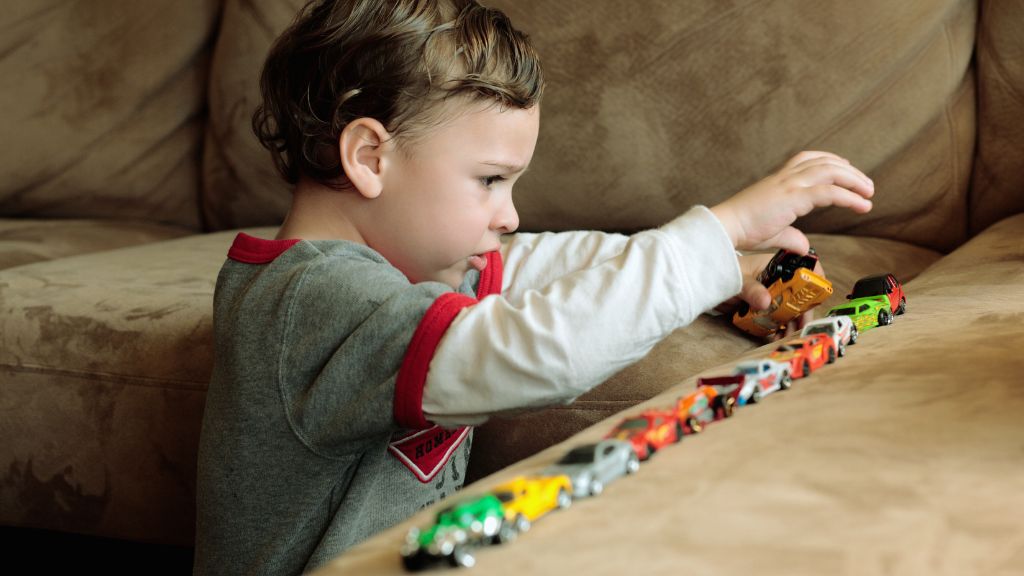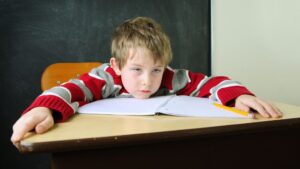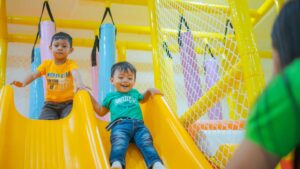Table of Contents
What Does Masking Mean in the Context of Autism?
Autism Spectrum Disorder (ASD) is a complex condition characterized by a variety of behaviors, skills, and communication styles. One critical issue for the autism community is the concept of “masking.”
Many people, both within the autism community and outside of it, may not fully understand what masking means or use the term.
As a result, many ask questions like: What does masking mean in the context of autism? Why do individuals on the autism spectrum engage in this behavior?
According to the National Autistic Society, masking in the context of autism is a strategy some use to cope with their feelings and thoughts. The behavior can be conscious or subconscious.
In most cases, it functions to help the individual to blend in with others or appear neurotypical.
Masking may occur in different ways. Some individuals may copy facial expressions and tone of voice. Others may pretend to like specific interests and hobbies.
While masking in autism may feel helpful in the short term, it can have a negative effect on a person’s mental health and overall well-being over time.
In some circumstances, it can lead to diagnostic delays or even living with untreated ASD, which can be highly limiting for some.
It’s also important to note that individuals who do not have autism can also engage in masking, making it helpful for everyone to understand this concept.
This guide by ABA Centers of Pennsylvania provides caregivers of loved ones on the ASD spectrum a brief overview of what masking entails, how it impacts children, and how applied behavior analysis, also called ABA therapy, can support more authentic social and emotional development in those with an autism diagnosis.
So, keep reading to learn more about this important topic!
To read other blogs about autism, ASD, and neurodiversity, visit us here. To learn more about ABA services with ABA Centers of Pennsylvania, click here.
Understanding Masking in Autism Spectrum Disorder
Masking, also known as “camouflaging,” “compensating,” or “passing,” refers to a coping mechanism many individuals with ASD employ.
For caregivers and loved ones, the act of hiding one’s behaviors and emotions can make the strategy hard to recognize at times. However, some signs can indicate an individual is engaging in masking behavior.
These include:
1. Mimicry
Children masking their autism may copy the language, tone, or body language of peers, even if these behaviors don’t come naturally.
2. Social Camouflaging
Adopting facial expressions or hiding stimuli-related movements, is another typical strategy individuals masking their autism implement.
For example, your child may smile in situations where they’re uncomfortable to match social expectations.
3. Suppression of Stimming
Stimming, which may include rocking, flapping, or spinning, is not uncommon for individuals on the autism spectrum to display. Factors like excitement or needing self-regulation can influence this behavior and make it more likely to occur.
If your child suddenly seems less likely to stim in public, they could be masking the behavior to avoid the judgment of others.
4. Non-Verbal Exhaustion
Some children with autism may release their emotions in private after a long day of masking. As a result, these unexpressed emotions show up in meltdowns at home or heightened irritability after social interactions.
Others with ASD may suppress their emotions to avoid appearing different or vulnerable.
5. Hyper-Vigilance
Individuals with autism may display masking through a continual adjustment to the preferences and expectations of others. They may do this regardless of whether the others express their need to do so or anticipate it.
The Negative Impacts of Masking Autism
While masking may seem like a beneficial coping strategy at first glance, it often comes at an alarming cost to the person doing it. Over time, constantly suppressing one’s true thoughts and emotions can be emotionally exhausting, leading to significant stress and anxiety.
Masking in autism can also have physical repercussions. The person may experience fatigue, headaches, or other ailments as a result.
Furthermore, this mechanism can hinder the development of essential social skills and a person’s ability to build upon social bonds and form genuine connections.
By constantly mimicking others, individuals with autism may also struggle to develop their own identity or experience low self-esteem.
In some of the worst circumstances, masking can lead many individuals on the spectrum to become so adept at hiding their ASD symptoms that they live with untreated or delay a diagnosis.
How ABA Therapy Can Help Individuals Who Mask with Autism
Applied Behavior Analysis, also called ABA therapy, is a widely recognized evidence-based approach that helps many with autism develop essential life skills necessary for better daily functioning.
In context to masking in autism, ABA therapy can be beneficial in several of the following ways:
- Identifying and addressing the root cause: ABA professionals work closely with clients to determine the function of their masking. They will consider factors such as social anxiety or fear of rejection.
- Teaching alternative coping strategies: ABA therapy can help those who mask develop healthier coping mechanisms that do not involve suppressing their true selves.
- Improving social skills: Through social skill-building techniques, ABA care can support individuals on the spectrum in navigating social situations more effectively without feeling the need to mask behaviors.
Masking with Autism Doesn’t Have to Get You Through the Day, ABA Therapy Can Help!
Masking can ultimately harm a person’s health, relationships, and ability to function, making it an essential coping mechanism to address.
Fortunately, ABA care helps many on the spectrum struggling with masking to embrace their authentic selves while also developing new core skills that keep them safe and socially secure.
So, let’s continue to advocate for the right resources and support for those on the ASD spectrum who may need it! We all deserve a more accepting world where everyone feels safe to be themselves!
Support for Masking and Other Complicated ASD Behaviors with ABA Centers of Pennsylvania
ABA Centers of Pennsylvania supports neurodiverse families raising children and teens with ASD through ABA programming that offers them tremendous benefits across various core developmental areas.
We rely on evidence-based practices to ensure our clients thrive and have the tools to highlight their strengths.
Our expert ABA team provides personalized care to every family we serve, including the following regions:
- Bucks County
- Chester County
- Delaware County
- Montgomery County
- Philadelphia County
Contact us today by calling us at (844) 444 -7496 or via this online link to learn more about how we help your child with autism without ABA programming and ASD diagnostic care.
It’s never too late to find the ABA tools that help you feel your best!








